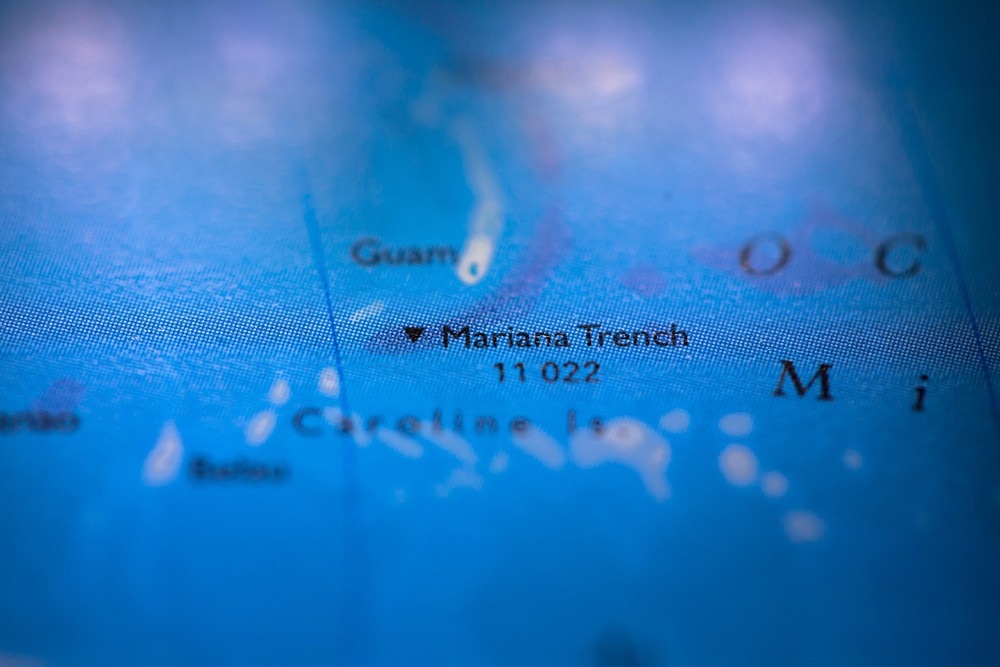The Mariana Trench, the deepest location on Earth, descends over 11,000 meters to the Pacific Ocean’s seafloor at its shallowest point. Even in the utterly desolate darkness, life exists.

Image Credit: jefferyhamstock/Shutterstock.com
Min Wang and a global team of researchers describe the discovery of a novel virus that was identified from sediment recovered from a depth of 8,900 m this week in Microbiology Spectrum. It turns out that the virus is a bacteriophage, which is a virus that multiplies and spreads inside bacteria. Bacteriophages are thought to be the most prevalent living forms on the planet.
Wherever there’s life, you can bet there are regulators at work. Viruses, in this case.”
Min Wang, Ph.D., Marine Virologist, Ocean University of China
Wang added, “To our best knowledge, this is the deepest known isolated phage in the global ocean.”
The recently discovered phage attacks bacteria belonging to the phylum Halomonas, which are frequently discovered in sediments from deep oceans and from hydrothermal vents, which are holes on the seafloor resembling geysers that spew hot water streams.
According to Wang, the team’s research of the viral genetic material provides new information about the variety, evolution, and genomic characteristics of deep-sea phages as well as phage-host interactions. It also suggests the existence of a hitherto unidentified viral family in the deep ocean.
Previously, the researchers employed metagenomic analysis to investigate viruses that infect bacteria in the Oceanospirallales order, which includes Halomonas. Wang’s team sought viruses in bacterial strains collected and identified by a team led by marine virologist Yu-Zhong Zhang, Ph.D., also from the Ocean University of China in Qingdao, for the current study.
Zhang’s study focuses on microbial life in harsh conditions, such as the Arctic regions and the Mariana Trench.
The genetic research of the novel virus, dubbed vB_HmeY_H4907, indicates that it is extensively disseminated in the water and has a structure similar to its host. Wang believes the findings raise new issues and research topics about viral survival tactics in severe, isolated environments—and how they co-evolve with their hosts.
The new virus is lysogenic, which means it infiltrates and multiplies within its host without harming the bacterial cell. The viral genetic material is replicated and passed on when the cell multiplies.
Wang stated that the group intends to examine the molecular machinery that drives relationships between deep-sea viruses and their hosts in future investigations. They are also looking for novel viruses in extreme locations.
“Which would contribute to broadening our comprehension of the virosphere. Extreme environments offer optimal prospects for unearthing novel viruses,” Wang concluded.
Source:
Journal reference:
Su, Y., et al. (2023). Identification and genomic analysis of temperate Halomonas bacteriophage vB_HmeY_H4907 from the surface sediment of the Mariana Trench at a depth of 8,900 m. Microbiology Spectrum. doi.org/10.1128/spectrum.01912-23